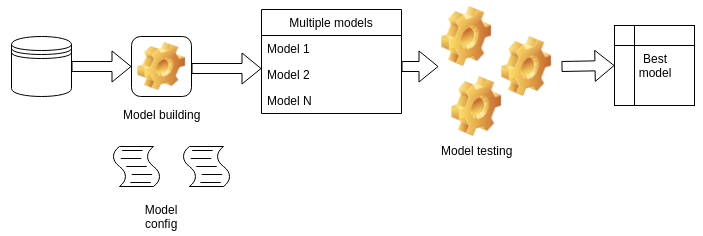Moving data analysis to the cloud is only one part of the way machine learning projects have changed over the last few years. Since the benefits of adding automation, Artificial Intelligence (AI), and machine learning to many different parts of business operations are now clear and don't need further proof, companies are now focused on more permanent solutions. In fact, the natural follow-up is to think about finished products that can complete the full data cycle, from data collection to visualization.
There are many ways to create data analysis flows that can consume data as it is created and return results and visualizations after applying machine learning models. Cloud services make this task easier and more efficient.
Automatic machine learning is the current tendency in data analysis, where several machine learning models can be tested...


